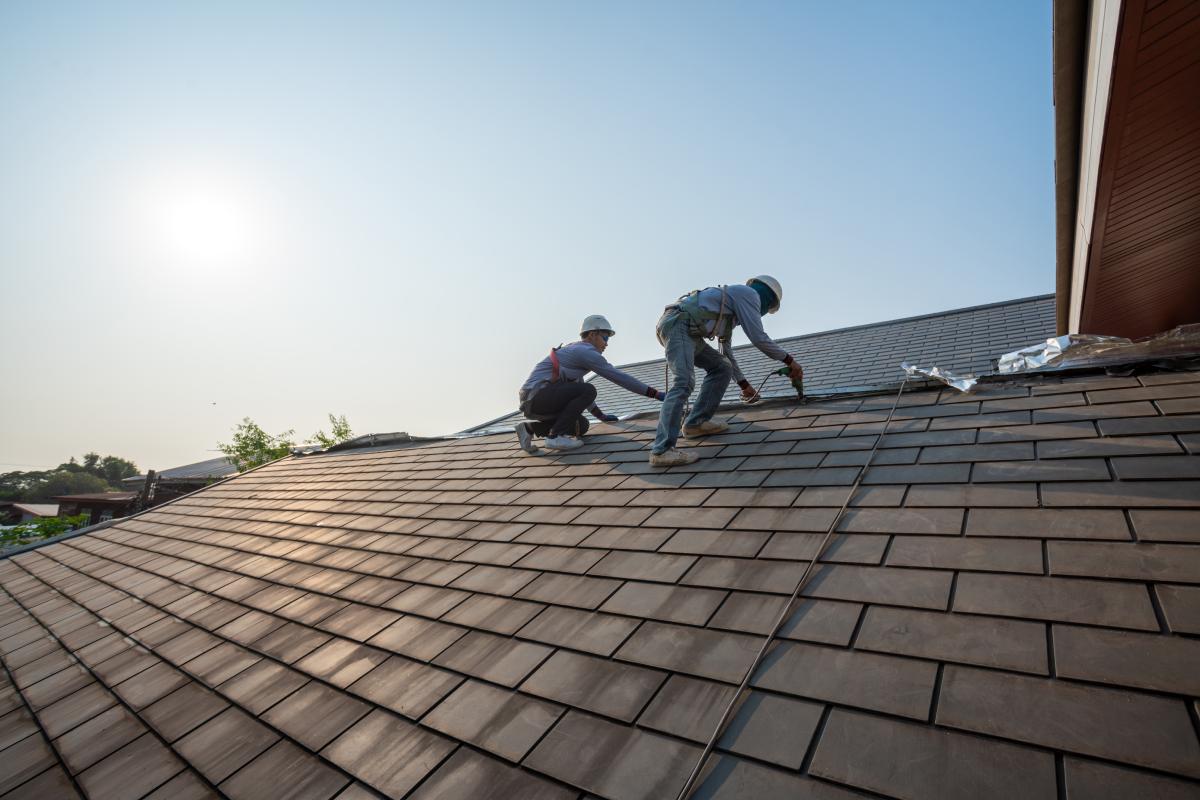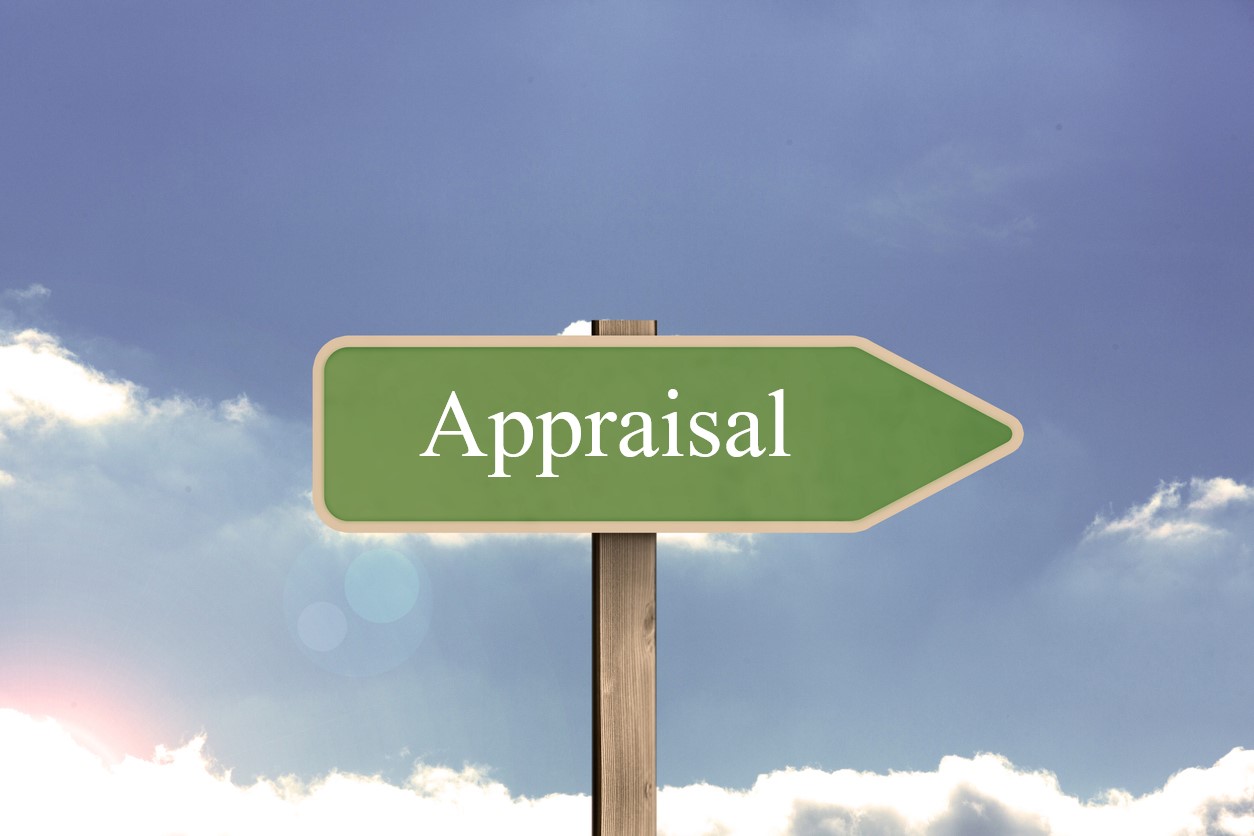What does it mean to replace a loss — whether of personal property or building materials — with materials of “like kind and quality”? The term is typically not defined in an insurance policy, and thus whether construction is actually of “like kind and quality” can easily become a dispute. But is this dispute subject to appraisal? Read on for a case study about “like kind and quality” as addressed by a Missouri court.
What Does “Like Kind and Quality” Mean in Insurance Terms?
“Like kind and quality” refers to the standard used by insurers to determine how to replace damaged property covered under your policy. Insurers replace the lost or damaged property with something similar in type and functionality: They’re not necessarily bound to replace the item with one exactly identical.
The specific wording of “like kind and quality” can vary between policies; our case study below explores one example of the importance of policy language in determining the exact meaning of the phrase.
Like Kind and Quality: A Case Study
A trial court was recently faced with this issue in Taven Apartments Limited Partnership v. State Farm Fire & Casualty Company.1 Following a loss that destroyed an apartment building, Taven submitted a claim to State Farm, and State Farm made partial payment on the claim. Taven went forward and reconstructed the destroyed building and demanded that State Farm proceed with appraisal. State Farm denied the request, asserting that the structure built to replace Taven Apartments was not “like kind and quality.” The company further alleged that the dispute centered on the “extent of coverage” for the replacement building.
State Farm disputed the claim on the basis that the replacement structure had different dimensions and amenities. In response, Taven submitted construction drawings prepared to conform to the design of the destroyed building, re-using the existing foundations and concrete slab of the original building. Taven also moved to compel State Farm to appraisal, asserting that determining whether the replacement structure is of “like kind and quality” is within the appraisers’ purview and expertise.
The appraisal, Taven argued, would include a determination of what the proper replacement cost or value is and whether the rebuilt building was of the same size as the destroyed building and used materials of like kind and quality.
Ultimately, the United States District Court of the Eastern District of Missouri ruled for Taven, concluding that “like kind and quality” was not a coverage issue but was a valuation matter. Specifically, the court concluded that the dispute over valuation and cost of damages, repairs, and construction constituted a “disagree[ment] on the value or the amount of the loss,” which was subject to appraisal. In this jurisdiction, it is likely that future disputes involving issues of what constitutes “like kind and quality” will be subject to the appraisal process.
Does Insurance Have To Match Shingles?
That depends on the exact “like kind and quality” language in your policy, as well as any relevant state codes or regulations (for instance, as we explain below, Ohio has a specific code requiring a “reasonably comparable appearance”). Overall, good insurance companies tend to aim for as close a match as possible; that is sometimes difficult, however, since the exact materials may no longer be available.
Which States Are Matching States for Insurance?
There isn’t a universally recognized term “matching state” in insurance law, nor is there an exhaustive list of states that require matching. However, several states have regulations or court rulings that influence how insurance companies handle situations where perfectly matching materials aren’t available. The following states tend to favor ensuring a more visually consistent appearance after repairs:
- Alaska
- California
- Connecticut (with limitations)
- Colorado (cosmetic matching)
- Florida (recent rule changes allow some flexibility for insurers)
- Iowa
- Kentucky
- Louisiana
- Montana
- Nebraska
- Ohio (with specific code regarding reasonable comparable appearance)
- Rhode Island
- Tennessee
- Utah
- Vermont
- West Virginia
- Wisconsin
Remember that this is not an exhaustive list: always make sure to consult the exact language of your policy, as well as the appropriate regulations for your state.
What Is the Ohio Matching Code?
The relevant code in Ohio regarding matching replaced items with existing property is Ohio Administrative Code Rule 3901-1-54(I)(1)(b). The Code states that when a loss requires an item be replaced, it must be done in such a way as to achieve a “reasonably comparable appearance” with any remaining or existing items.
The classic example is roof shingles: If a policyholder’s roof is partially damaged in a windstorm, the repair must be done so that the new shingles are “reasonably comparable” with the rest of the roof. The Ohio code raises similar difficulties as were disputed in the case study above; for more information about this, see our recent posts, Matching in Ohio and Ohio Court Determines That Ohio Rule Requires Matching.
Further Resources on Insurance Coverage Law
Navigating the complexities of insurance claims can feel overwhelming. Whether you’re facing unpaid claims or simply filing for the first time, our eBooks equip you with the crucial information you need to advocate for yourself with confidence.
- Filing A Property Insurance Claim
- Insurance Company Response Time
- What To Do When You Have a Denied/Underpaid Claim
- Wildfire Claims
- Flood Claims Handbook
- More Information on Hurricane Deductible and Policy Limits
- Condominium Hurricane Preparedness
Why Merlin?
Are you fighting an insurance company that won’t pay up on claims? With nearly 40 years of practice and $2 billion in recovered claims, our team stands by your side to ensure you can face any insurance challenge with confidence. Contact us today for a consultation, or read more about how we’re your trusted advocate.





